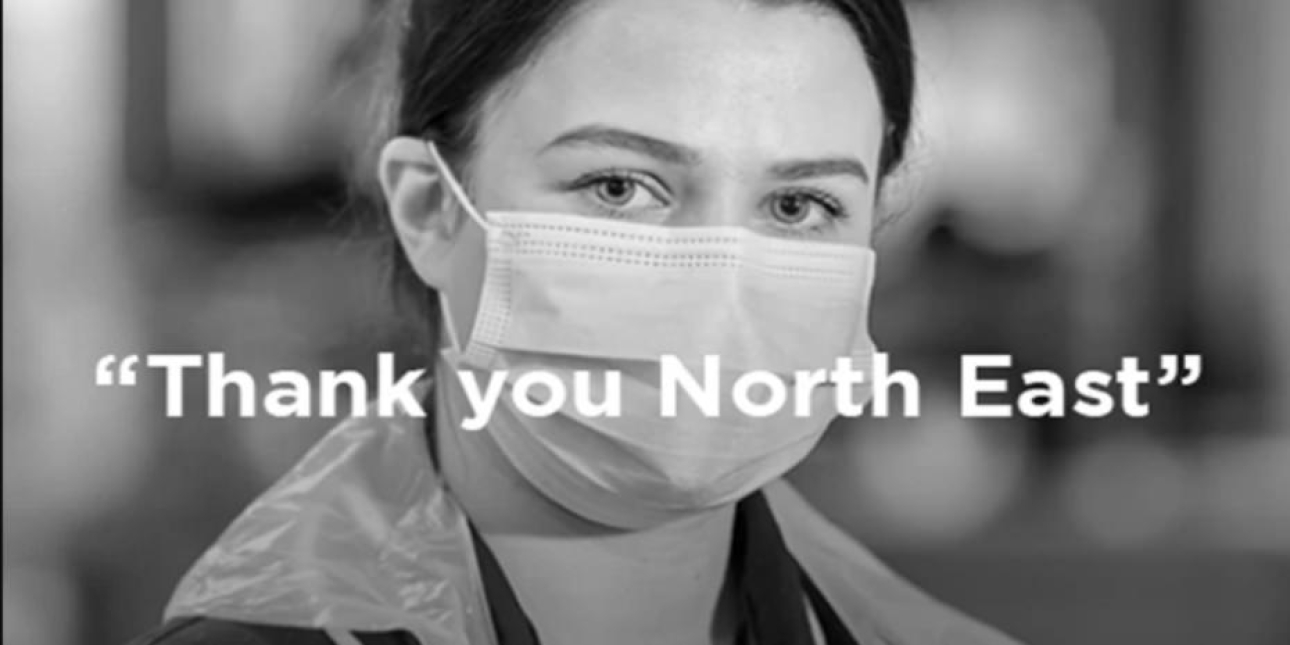PUBLIC RELATIONS
Thursday 2nd December 2021
Behaviour change comms
As we move into yet another stage of the pandemic behaviour change has become the holy grail in public health communications. But as Tony Soprano found out on his many visits to therapy behaviour change is hard – even when you’re starting with yourself.
For our latest North East comms network, the fantastic Dominic Ridley-Moy and the team from McBryde & Co talked more than 30 of us through some of the essential ingredients of successful behaviour change campaigns.
With a return to mask wearing in retail and on public transport this felt very timely.
Why is it so difficult?
Dominic explained that the biggest problem was unlike machines people behave irrationally, unpredictably and often act in unexpected ways – that’s a big challenge.
As comms people we need to think about what’s impacting on that decision-making process and try to decide on the best way of influencing that.
It’s estimated that 80% of this is based on emotion rather than logic which gives us much food for thought.
Over the past five years or so we’ve seen so many examples of campaigns that try to use logic and statistics fail to influence what have been essentially emotional issues.
Information overload
More than ever before we’re overloaded with information and essentially our brains are lazy and prefer to make things easier.
People make around 35,000 decisions every day so the brain creates mental shortcuts to help with this huge volume. However, this in turn leads to unconscious errors such as confirmation bias.
Using tools for change
The EAST framework and COM-B model of behaviour were both identified as good tools to help with behaviour change and while we can never predict what people will do, you can try to gain a higher level of certainty.
Building or forming habits and ensuring change feels easy seem to be vital parts of making change campaigns work.
This seems to a big part of the theory cited by everyone from Cialdini to Chip and Dan Heath.
If people practice and repeat it makes behaviour change more natural and likely to continue. On average it takes around 66 days to form a habit.
The messenger
The messenger or spokespeople are also vital to any behaviour change. Anyone you use must be seen as authentic and trustworthy. As comms people we need to be really clear about who are the trusted spokespeople in our organisations and communities.
Take a look at the Edelman trust barometer for some clues but for most of our public sector organisations it will be people on the frontline.
Partnerships
The #BeatCovidNE campaign was a real partnership between local authorities, public heath, the local resilience forum and ultimately local people.
The campaign was grounded in research to help understand the barriers to following the rules during lockdown and adopting behaviours that would help prevent the spread of Covid19.
To be successful it needed to use the right ambassadors that people would trust and listen to. Often this was not official spokespeople and definitely not politicians. They used police officers, nurses, supermarket staff and well as regular people from the community.
You can see our NHS contribution here.
One thing that was mentioned as vitally important to make the hyper-local connection was using the right people from each community, speaking in the right tone and the right accent.
The campaign has been shortlisted for 15 awards and half of the people who saw it said they had taken action. Around 93 % said they understood the messages about following the rules and helping other people.

